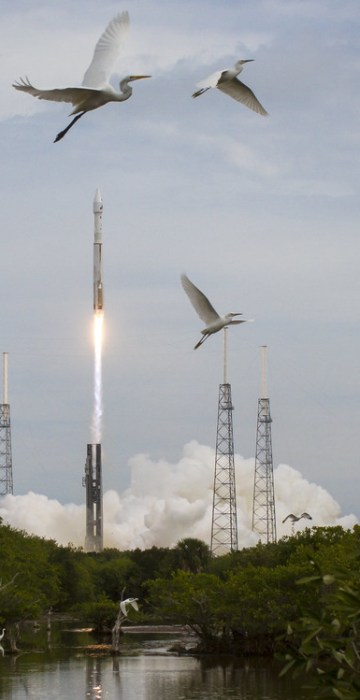
Science News
Month in Space: November 2013
Get a look at beautiful blastoffs, a rare kind of solar eclipse and other outer-space highlights from November 2013.
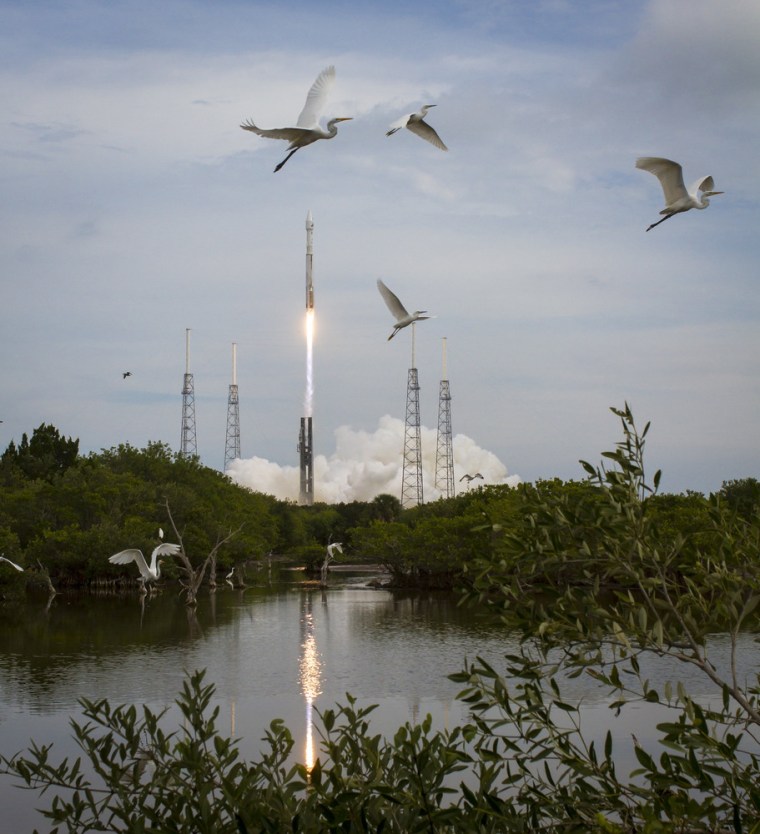
Taking flight
Great egrets take flight as an Atlas 5 rocket rises from Cape Canaveral Air Force Station's Space Launch Complex 41 on Nov. 18, sending NASA’s Mars Atmosphere and Volatile Evolution spacecraft into space. The Maven probe is the first spacecraft devoted to exploring and understanding the Martian upper atmosphere. It's due to go into orbit around the Red Planet in September 2014.
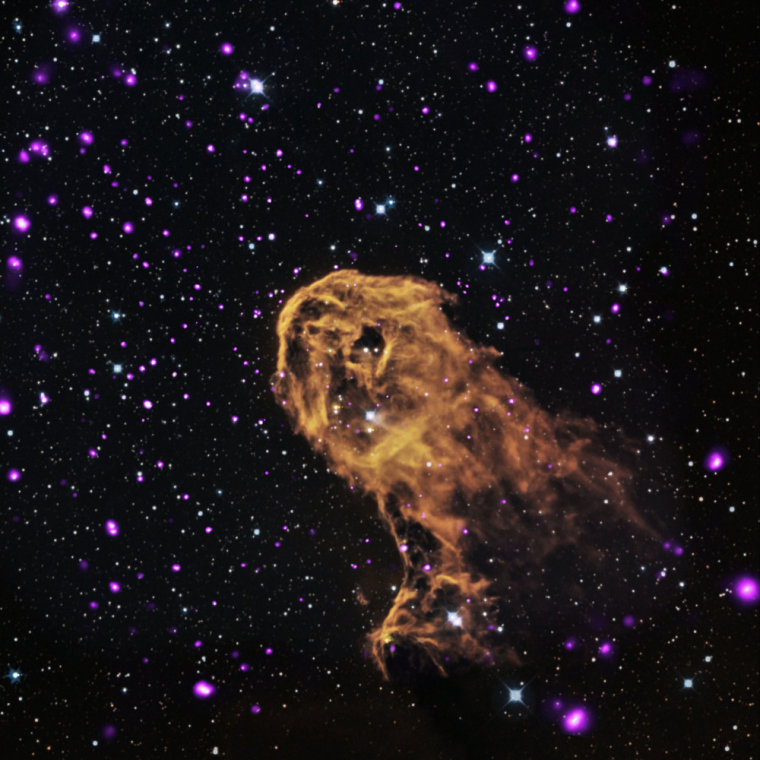
Cosmic elephant's trunk
A composite image released on Nov. 5 shows the Elephant Trunk Nebula, officially called IC 1396A. Radiation and winds from massive young stars are impacting clouds of cool gas, triggering new generations of stars. X-ray observations by NASA's Chandra X-ray Observatory (purple) have been combined with optical (red, green, and blue) and infrared (orange and cyan) observations to give a more complete picture of this source.
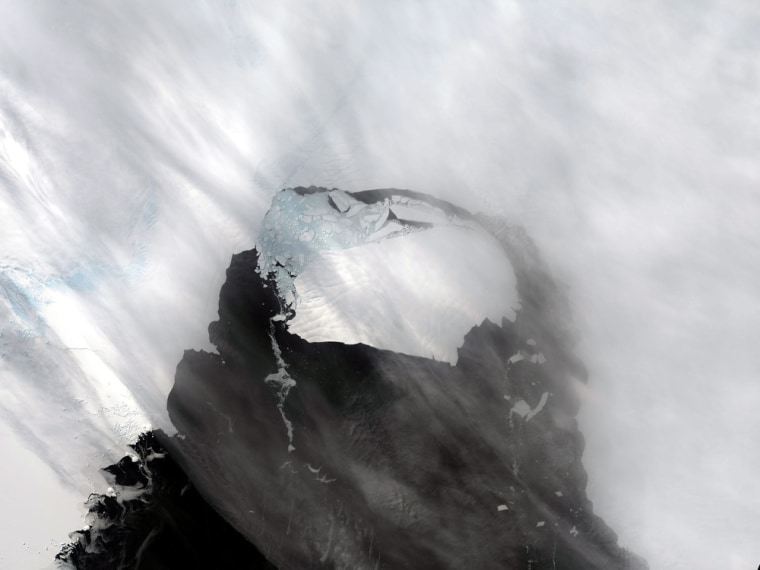
Breaking the ice
An iceberg roughly the size of Singapore, named B-31 by the U.S. National Ice Center, breaks away from Antarctica's Pine Island Glacier in an image captured on Nov. 13 by the Landsat 8 satellite. Such events happen about every five or six years, but B-31 is about 50 percent larger than previous icebergs that have calved in this area.

Science fiction and fact
A storm trooper mask from the movie "Star Wars" and a Soviet spacesuit are displayed in advance of a Nov. 22 auction at Sotheby's in New York City. The charity auction, orchestrated by Apple executive Jony Ive, U2 lead singer Bono and designer Marc Newson, raised more than $12 million for Bono's Product Red charity.

Satellite shootout
Three nanosatellites are ejected into orbit by the International Space Station's Small Satellite Orbital Deployer on Nov. 19. Japanese astronaut Koichi Wakata monitored the satellite deployment while operating the Japanese robotic arm from inside the station's Kibo module.
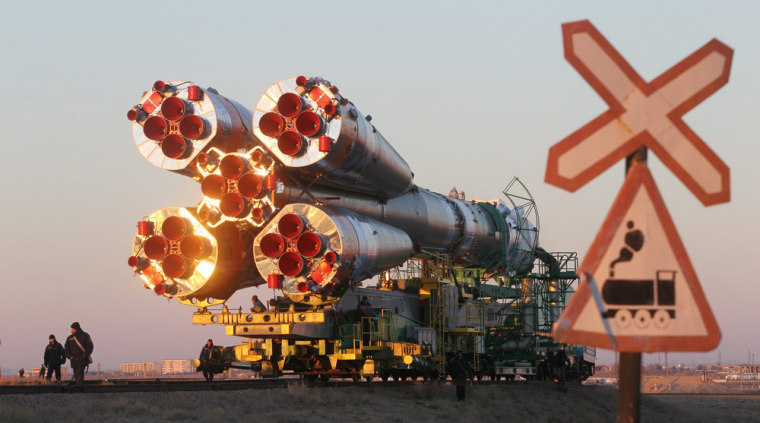
Rocket on rails
A Soyuz rocket makes its way to the launch pad at Russia's Baikonur Cosmodrome in Kazakhstan on Nov. 5. Two days later, the rocket sent three new crew members to the International Space Station: Russia's Mikhail Tyurin, NASA’s Richard Mastracchio and Japan's Koichi Wakata.
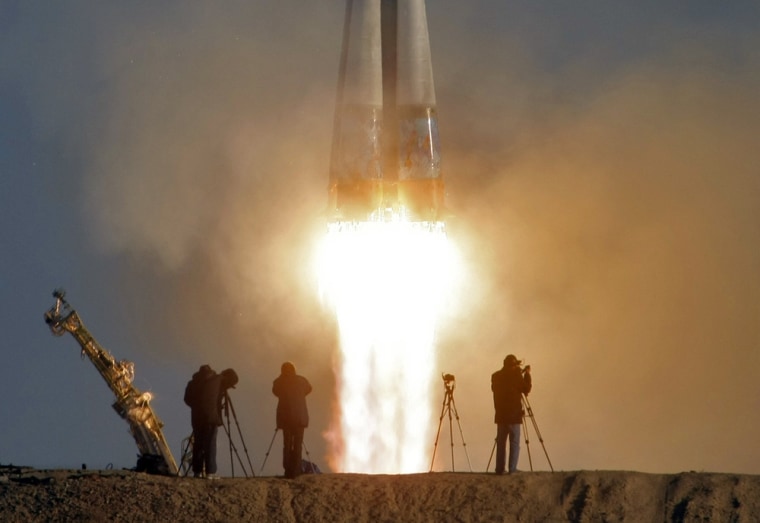

Carrying a torch
Russian cosmonaut Oleg Kotov is seen on a giant screen at the Mission Control Center near Moscow as he holds the Sochi 2014 Olympic Torch outside the International Space Station, during a Nov. 9 spacewalk with Russian cosmonaut Sergey Ryazanskiy. The torch was returned to Earth and will be used during the Sochi Olympics' opening ceremony in February.
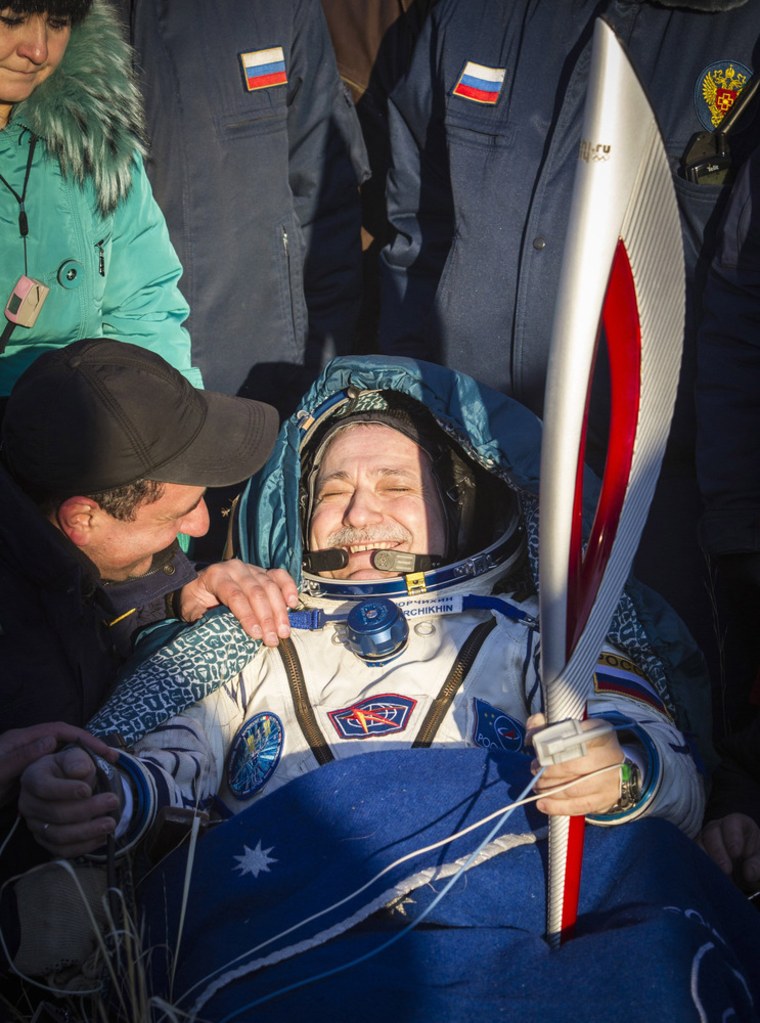
Thrill of victory
Russian cosmonaut Fyodor Yurchikhin holds the Olympic torch after his return to Earth from the International Space Station. Yurchikhin and two crewmates descended in a Soyuz spacecraft to touch down near the town of Zhezkazgan in central Kazakhstan on Nov. 11.

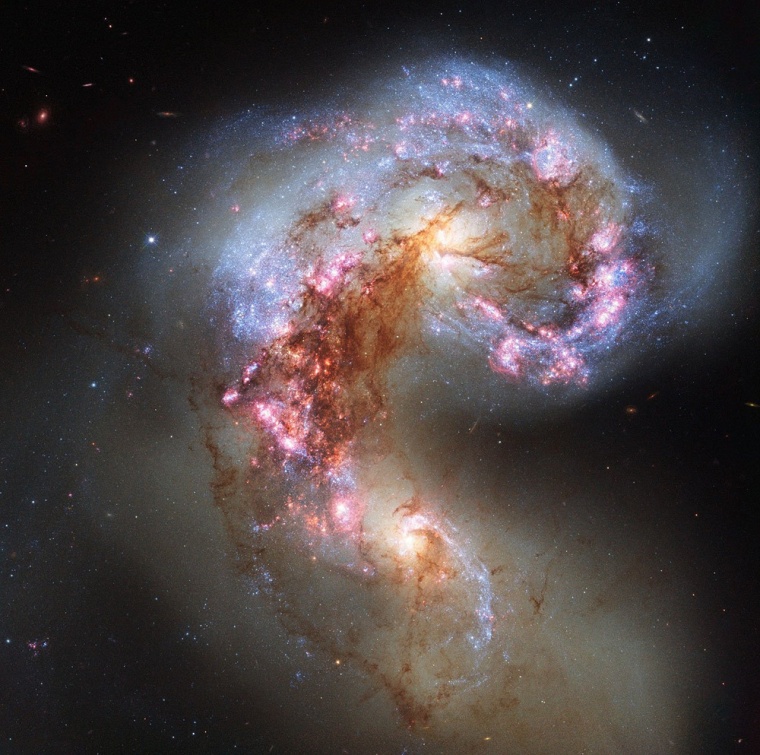
A fresh look at the Antennae
The Antennae Galaxies sparkle in an updated image from the Hubble Space Telescope, released by the European Space Agency's Hubble team on Nov. 11. The galaxies, also known as NGC 4038 and NGC 4039, are locked in a deadly embrace. Once they were normal, sedate spiral galaxies like the Milky Way - but astronomers say they've been spending the past few hundred million years sparring with one another.
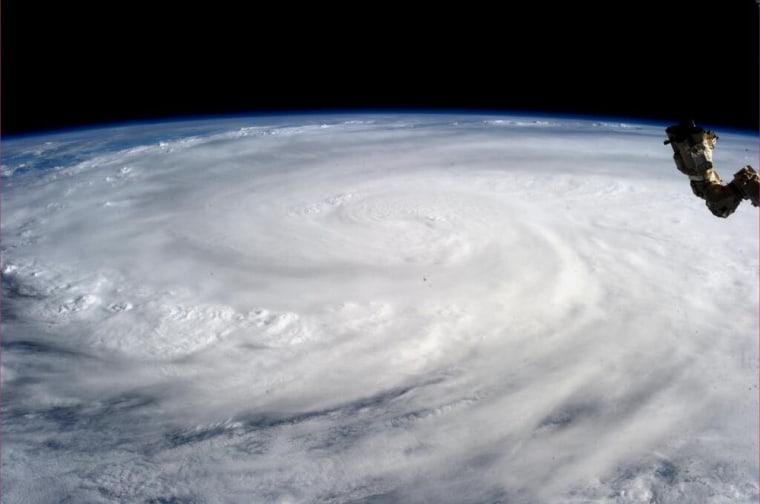

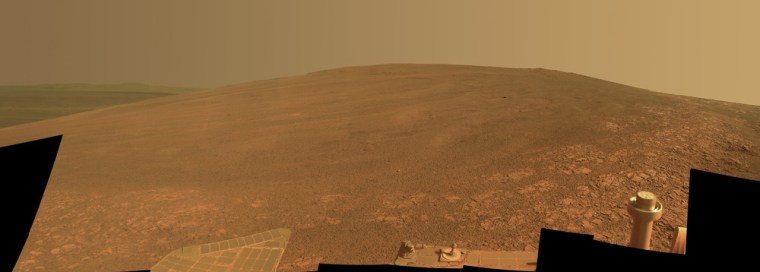
Murray Ridge on Mars
The "Murray Ridge" portion of the western rim of Endeavour Crater on Mars is seen in this panorama image, taken by NASA's Opportunity rover on Oct. 3 and released on Nov. 15. The ridge was named after Bruce Murray, who served as a director of NASA's Jet Propulsion Laboratory and a co-founder of the Planetary Society. Murray passed away in August 2013.
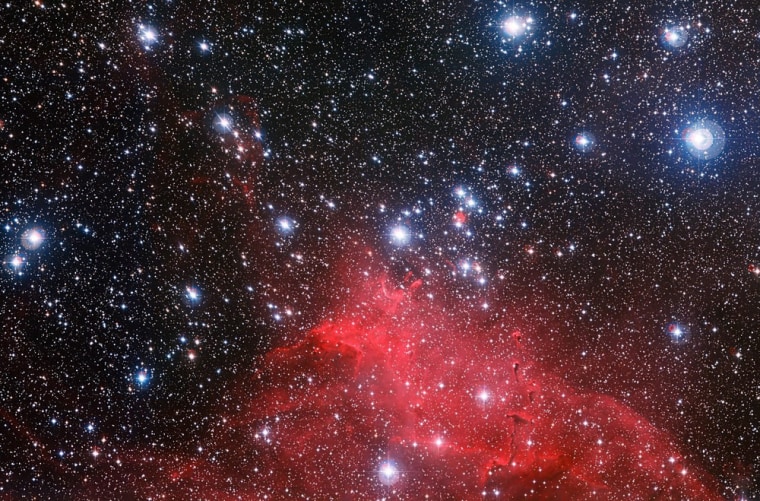
Bubbly cosmos
The star cluster NGC 3572 and its spectacular surroundings are featured in a Nov. 13 picture from the Wide Field Imager on the MPG/ESO 2.2-meter telescope at the European Southern Observatory's La Silla Observatory in Chile. This new image shows how the clouds of gas and dust around the cluster have been sculpted into whimsical bubbles, arcs and the odd features known as elephant trunks by the stellar winds flowing from the bright stars.
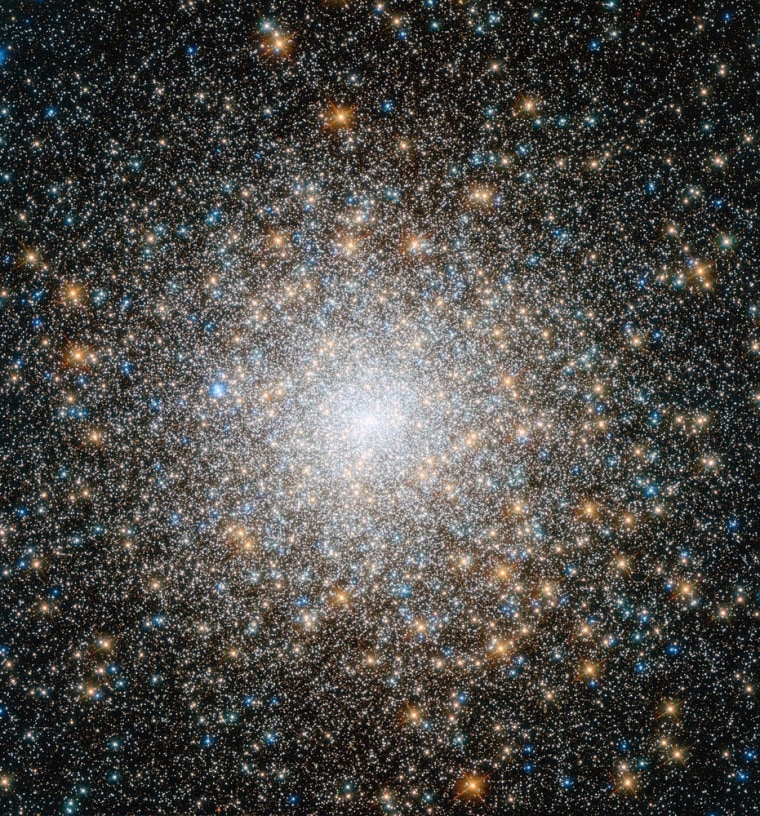
Full of stars
An image from the Hubble Space Telescope, released on Nov. 15 by the European Space Agency's Hubble team, shows a cluster of stars known as Messier 15. This cluster, located 35,000 light-years away in the constellation Pegasus, is one of the oldest globular clusters known - with an age of around 12 billion years.

Watching the eclipse
Belgian tourists watch a hybrid solar eclipse from Lake Oloidien near Naivasha in Kenya on Nov. 3. The eclipse's partial phase was visible from parts of the United States and other regions of the world, but a total solar eclipse could be seen only from a narrow sliver of African territory.
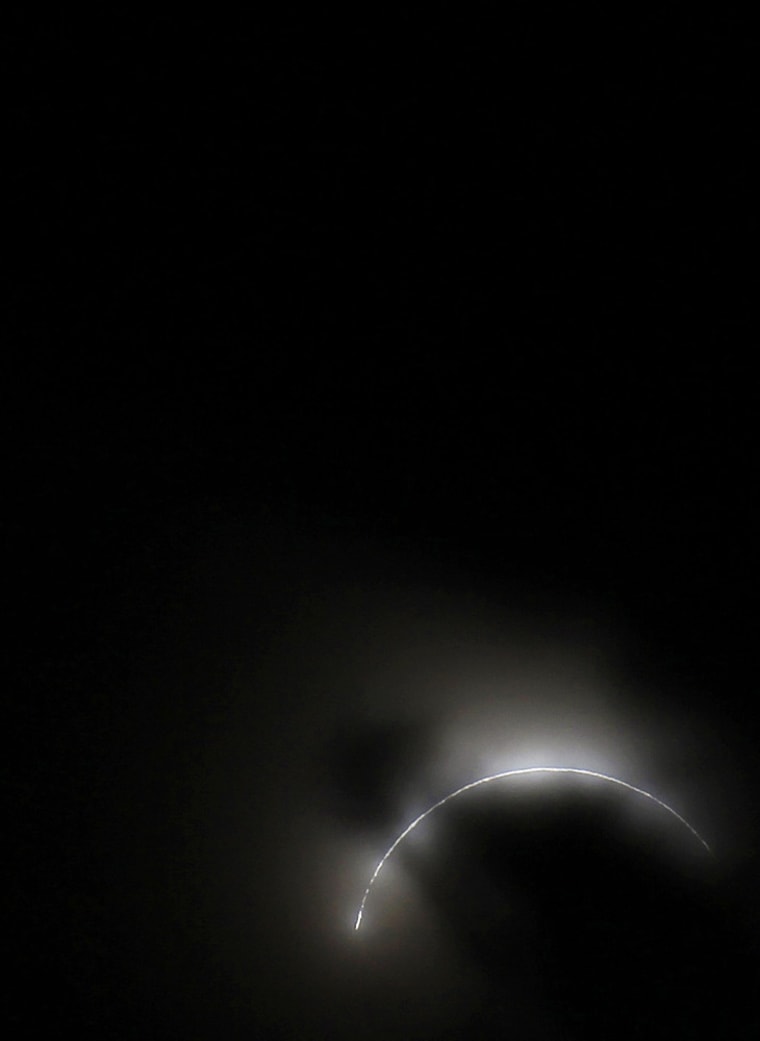
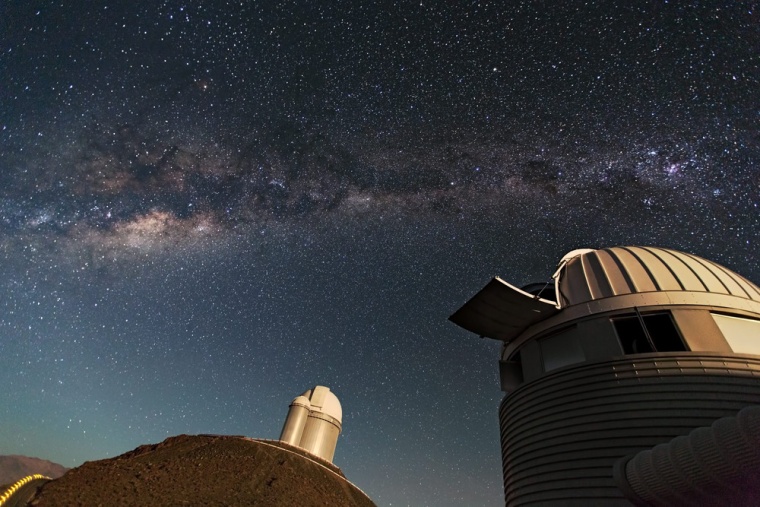
Seeing stars
A Nov. 6 image from the European Southern Observatory shows the Swiss 1.2-meter Leonhard Euler Telescope (front) and the ESO 3.6-meter telescope (rear) at ESO's La Silla Observatory in Chile's Atacama Desert. La Silla was ESO's first observation site. The site is set 7,874 feet (2,400 meters) above sea level, providing excellent observing conditions. Nov. 6 marked the 50th anniversary of the start of a fruitful relationship between ESO and Chile.
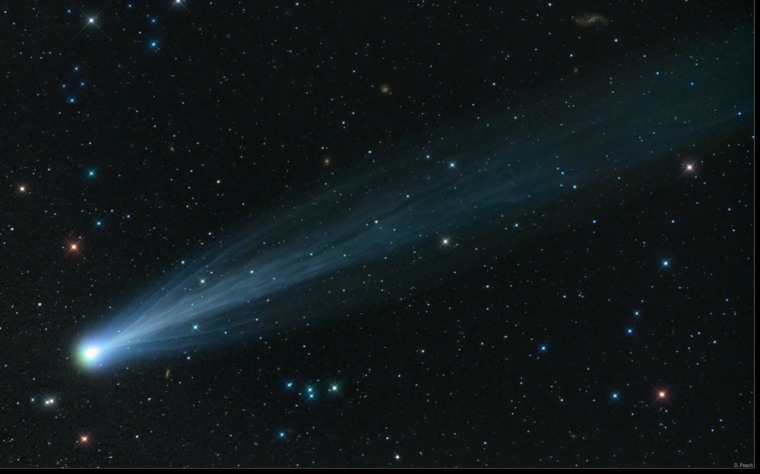

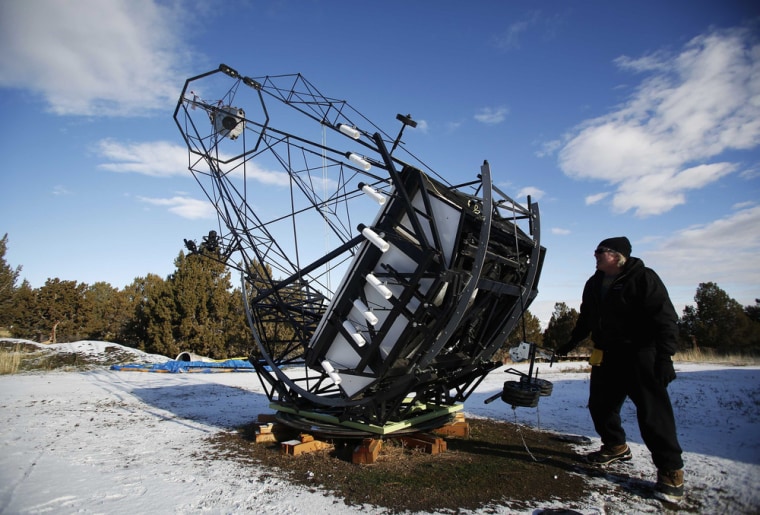
'It's not just a telescope'
Mike Clements works on the 35-foot telescope he built in Herriman, Utah, on Nov. 17. Clements has approached the Guinness Book of World Records to have the device included as the world's largest amateur telescope. He and his friends took about a year and a half to build the telescope, which boasts a 70-inch primary mirror. The scope weighs in at about 3,000 pounds. Clements is a long-haul trucker by trade, but he has a passion for astronomy. "It's not just a telescope, it's an experience," he said.
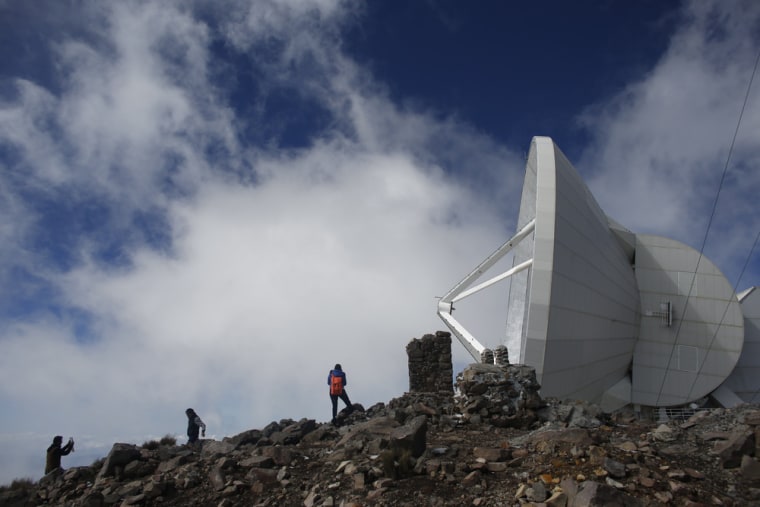
Living large
Visitors stand next to the Large Millimeter Telescope on the summit of the Sierra Negra peak near the town of Atzitzintla, Mexico, on Nov. 16. The Large Millimeter Telescope is the world's largest and most sensitive single-aperture telescope in its frequency range.
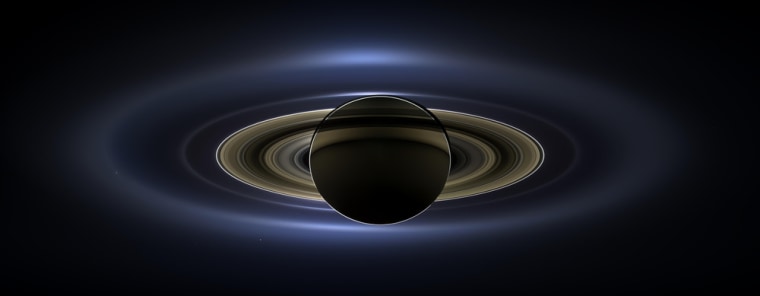
Stunner from Saturn
In July, NASA's Cassini orbiter snapped hundreds of pictures of Saturn and its rings, backlit by the sun. More than 140 of those pictures were assembled to create this mosaic, which was released on Nov. 12. In addition to Saturn, three other planets - Mars, Venus and Earth - are visible as bright specks in the dark background.
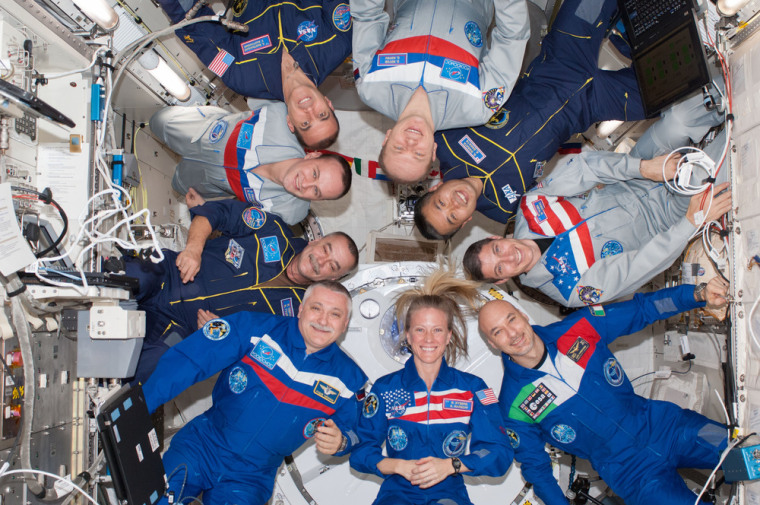
Zero-G portrait
Nine crew members gather for a group portrait in the International Space Station’s Kibo laboratory following a joint crew news conference on Nov. 8. Pictured clockwise (from bottom right) are Italy's Luca Parmitano; NASA's Karen Nyberg; Russian cosmonauts Fyodor Yurchikhin, Mikhail Tyurin and Sergey Ryazanskiy; NASA's Rick Mastracchio; Russia's Oleg Kotov; Japan's Koichi Wakata; and NASA's Michael Hopkins.